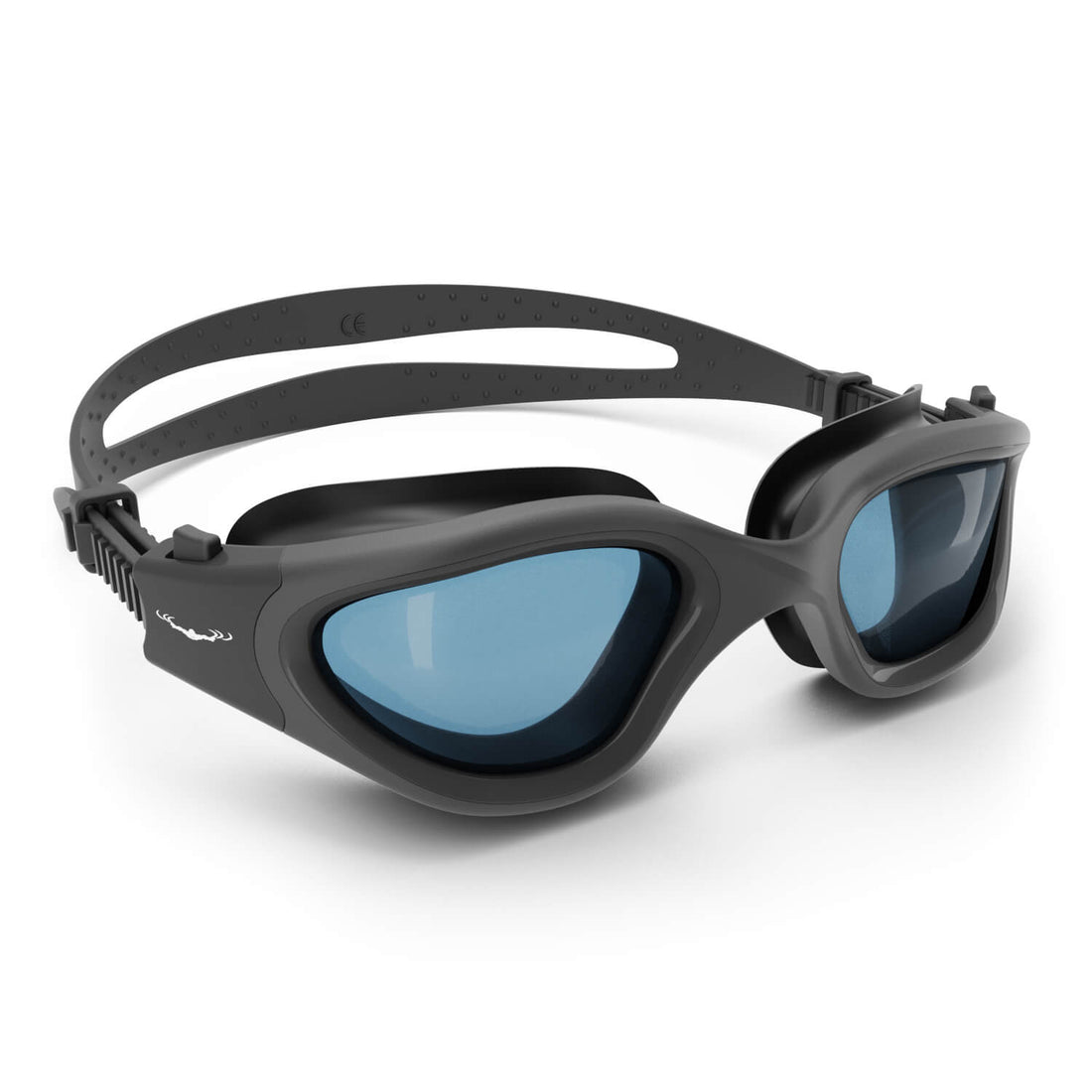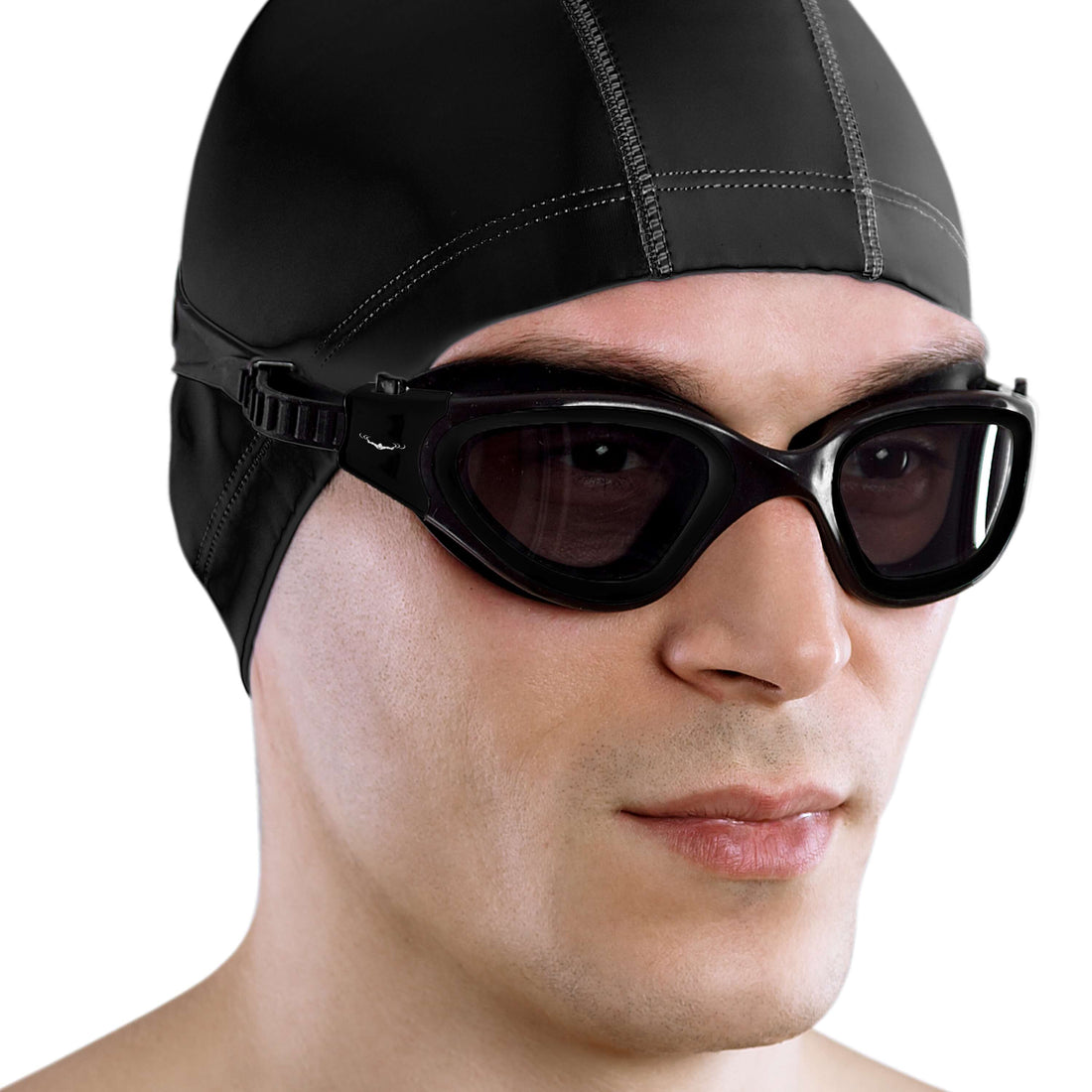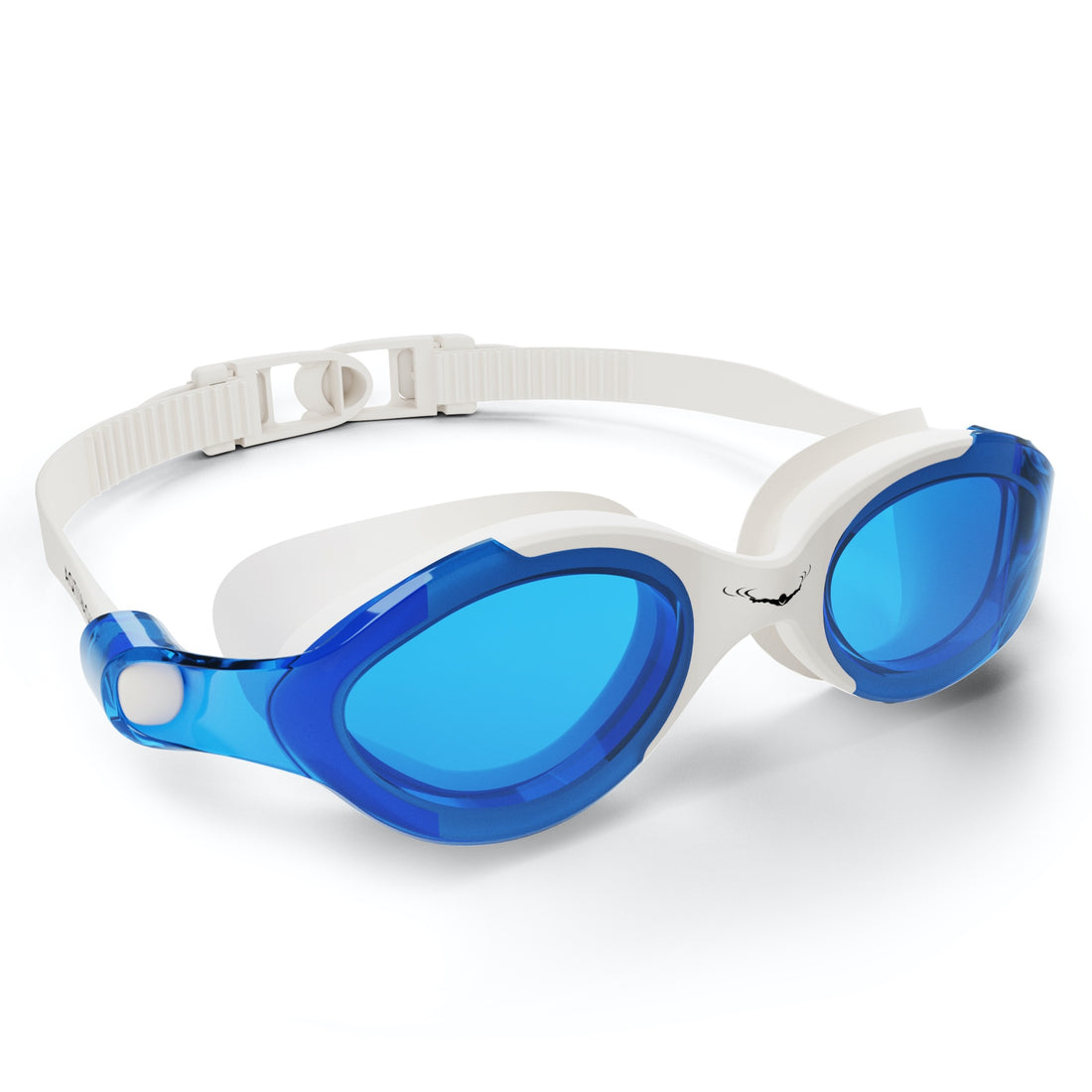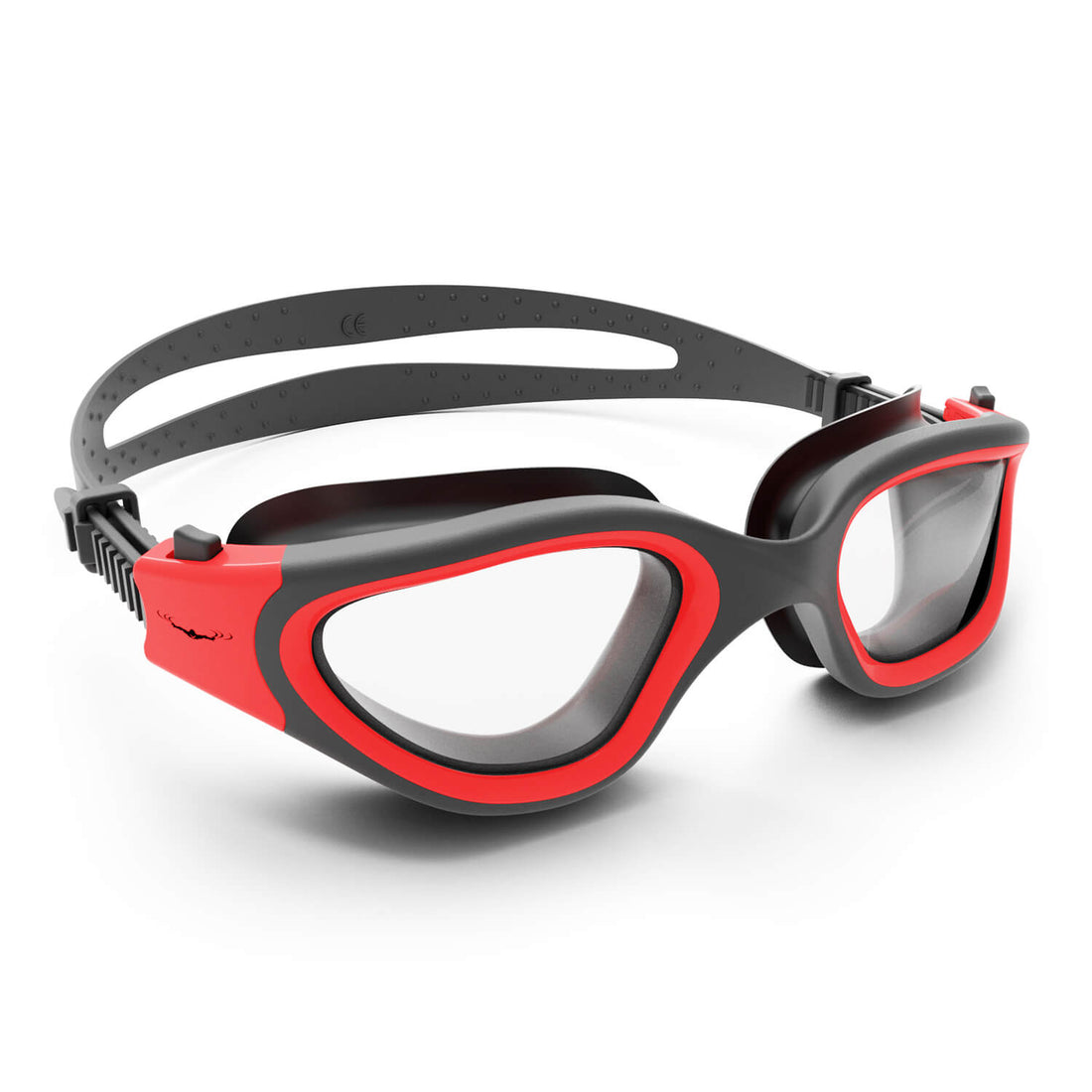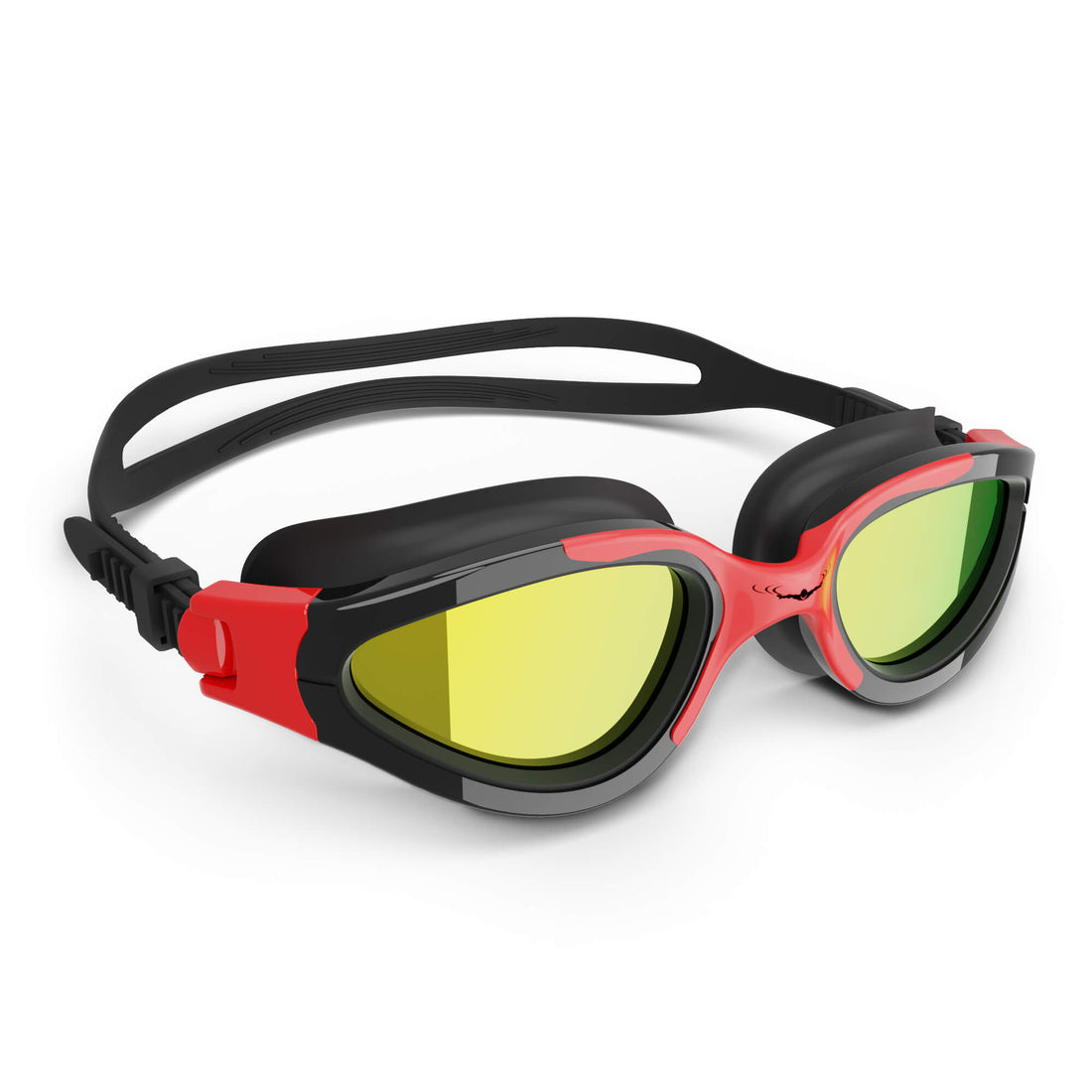Frequently Asked Questions
1. What are the main dangers associated with water activities?
2. Why is adult supervision important for children in water?
3. How can learning to swim enhance water safety?
4. What are personal flotation devices and why are they important?
5. What should be included in a family water safety plan?
Water is an essential part of our lives, providing a source of recreation, relaxation, and exercise. However, safety precautions should always be at the forefront of our minds when engaging with water. Awareness and education on water safety can prevent accidents and save lives. This guide delves deep into the significance of water safety and various aspects that support safe water activities.
Understanding Water Dangers
Before diving into preventative measures, it’s crucial to comprehend the inherent dangers of water. Whether in a pool, a lake, or the ocean, various threats exist that can compromise safety:
- Drowning Risks: This is often the most alarming concern. According to the CDC, drowning is a leading cause of death among children.
- Strong Currents: Natural bodies of water can have unpredictable currents that may sweep an individual away unexpectedly.
- Hypothermia: Cold water temperatures can lead to hypothermia, impacting an individual's ability to swim effectively.
- Sun Exposure: Overexposure to the sun can lead to severe burns and dehydration, affecting overall well-being in water activities.
Essential Water Safety Tips
Always Supervise Children
Adult supervision is paramount when children are in or near water. Regardless of their swimming abilities, ensure that an adult is always present, vigilant, and ready to react in case of an emergency. Setting boundaries and ensuring that children know about the dangers—such as swimming alone or running near pool edges—can go a long way in maintaining safety.
Learn to Swim
Swimming is arguably the best skill one can possess regarding water safety. By learning to swim, individuals can contribute to their safety while enabling them to assist others in emergencies. Many community centers offer swimming lessons for all age groups, making it accessible to anyone who wants to learn.
Use Safety Equipment
Personal flotation devices (PFDs) are essential for individuals who are not strong swimmers, particularly children. Even in shallow water, accidents can occur, so ensuring that everyone has the appropriate gear can help minimize risks.
Furthermore, using items like a spandex swim cap can enhance comfort and performance in the water, while swim ear bands can help prevent water from entering the ears. They play a vital role in swimming effectively and safely.
Practice Safe Water Habits
Know Your Limits
Whether it's your swimming ability or the conditions of the water, understanding your limits is vital. If a body of water seems turbulent or if you're feeling fatigued, it’s always better to err on the side of caution. Swimming should always be enjoyable, not a source of stress or danger.
Be Aware of Weather Changes
Before embarking on any water activity, check the weather forecast. Sudden storms can create hazardous conditions, particularly in outdoor environments such as lakes and oceans. Look for signs of changes in weather, and prioritize getting out of the water if conditions start to deteriorate.
Stay Hydrated
While it may seem counterintuitive, staying hydrated is integral to water safety. Sun exposure can lead to dehydration, which can compromise physical performance and decision-making abilities. Regularly drinking water, even when not feeling thirsty, can help keep you energized and focused during your time in or near the water.
Awareness and Education in Water Safety
Community Involvement
Communities can strengthen water safety protocols through education and awareness programs. Schools and local organizations can host events that educate individuals on vital water safety tips, swimming techniques, and how to react in emergencies. Building a safer environment requires collective efforts, and engaging the community ensures that the message reaches a broader audience.
Understand Lifesaving Techniques
Knowing how to administer first aid or CPR can make a significant difference in emergency situations. Many organizations offer courses in these essential skills. Furthermore, understanding rescue techniques, such as using a flotation device or reaching with a pole, can aid in saving someone in distress.
Equipment Matters
When enjoying water activities, using the right equipment enhances safety and performance. Selecting high-quality gear, such as durable swimwear, effective sun protection, and reliable flotation devices, is essential. This commitment to quality equipment can prevent mishaps that occur due to gear failure.
Customizing Your Gear
Customizing your swimming gear, including aspects like a spandex swim cap, can enhance your swimming experience. These caps not only keep hair out of your face but also help streamline your swimming and keep you more comfortable in the water.
Additionally, using items like swim ear bands can prevent ear infections and discomfort caused by prolonged exposure to water. These small adjustments can amplify your interaction with water activities and contribute significantly to overall safety.
Emphasizing Family Water Safety Plans
Create a Family Safety Plan
Communication is key when it comes to family safety around water. Have a family meeting to discuss water safety rules, designate swimming buddies, and establish what to do in case of an emergency. Make sure everyone understands the plan, reinforcing the importance of sticking together and looking out for one another while near water.
Teach Children to Float
Teaching children the basics of floating can empower them to stay calm if they find themselves in a situation where they can't swim. Simple exercises can help build confidence and reinforce swimming skills in a fun and engaging way.
Adventure with Caution
Exploring Different Water Bodies
Different settings present unique challenges and risks. Whether you are boating in a river or swimming in the ocean, be aware of the specific conditions that each environment brings. Researching water safety in advance and understanding what to expect can enhance safety on any aquatic adventure.
Respect Nature and Marine Life
Awareness extends to respecting the natural environment and the creatures that inhabit it. Being mindful of potential encounters with marine wildlife and understanding the habits of local species can help ensure a safer enjoyment of nature's beauty.
Furthering Knowledge through Resources
Access Helpful Information
Leverage trusted websites, community centers, and local authorities to educate yourself and your family about water safety tips. Countless resources are available that provide essential information on safe practices, emergency contacts, and foundational swimming techniques.
Engage with Professionals
Participating in swimming lessons or safety training through certified professionals can amplify knowledge and build skills. Learning from experts can provide tailored advice and ensure that techniques are learned correctly for maximum safety.
Embrace a Safer Future in Water Activities
By embracing water safety and awareness, we can create positive experiences for ourselves and future generations. Prioritizing education, utilizing the right gear, including items like spandex swim caps and swim ear bands, and practicing safe habits will foster a culture of safety around water. As we invest in understanding and respecting the power of water, we empower ourselves to enjoy its benefits responsibly and joyfully.
So dive into water activities with confidence, knowing that safety is the foundation of every respectful and enjoyable experience on the water!
Explore another user's Shopify or Wix store by following this link to their store. Keep in mind that this is a promotional link, and we assume no responsibility for the content of the linked store.



